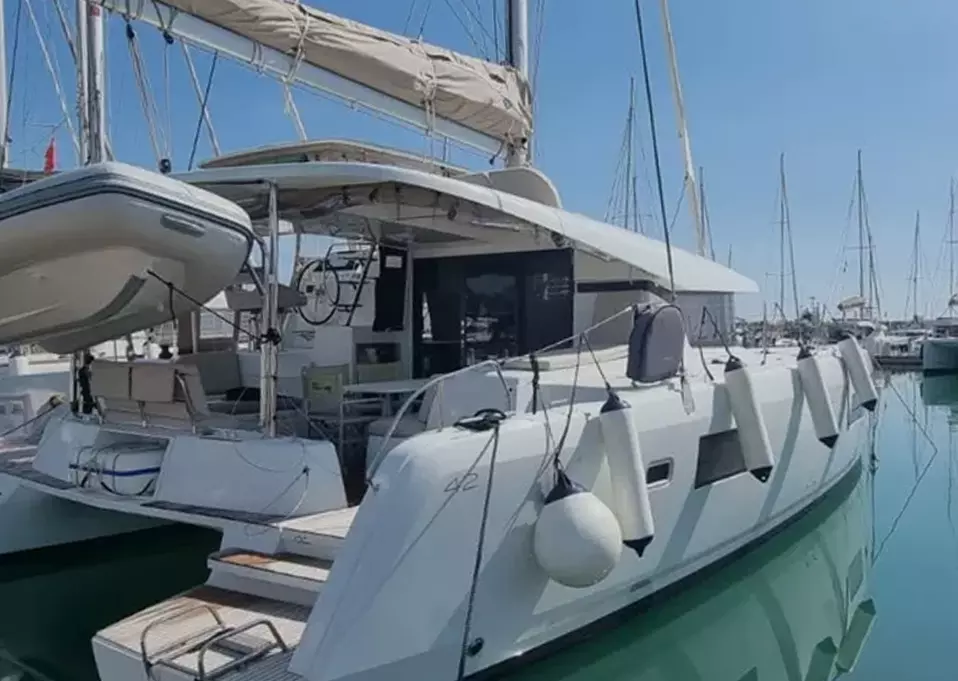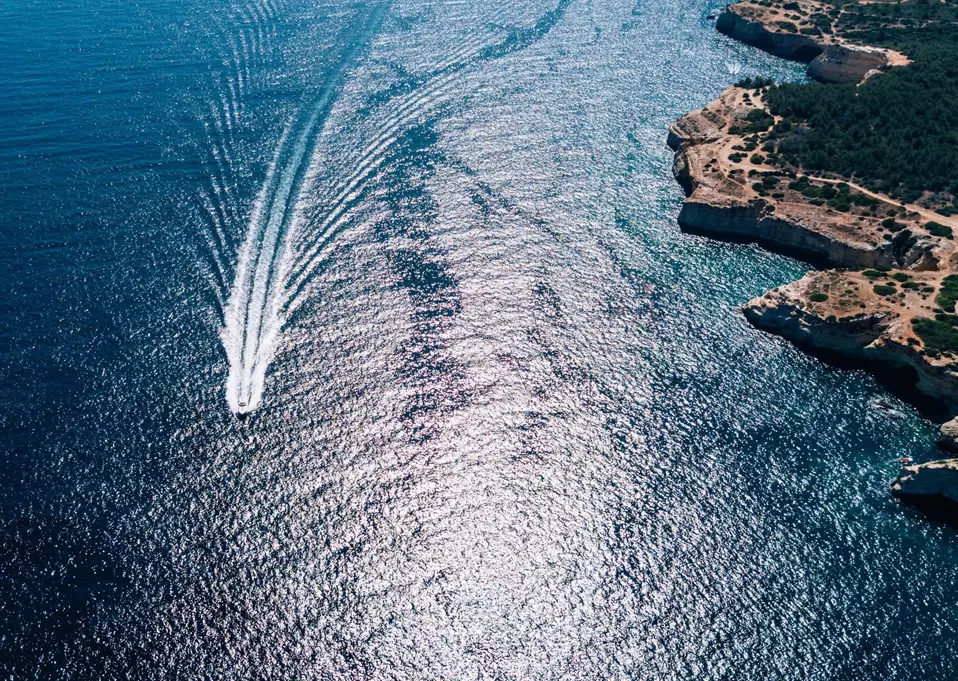
Sailing along the Italian coasts is an extraordinary experience: pristine bays, transparent seabeds, and breathtaking views that change from region to region. However, anyone who chooses to get too close to the shore must remember that there are precise rules to respect. It is not just about avoiding penalties, but above all about ensuring the safety of swimmers, divers, and anyone who frequents the sea.
Many boaters, in fact, ask themselves: what is the minimum distance from the shore at which one can navigate or anchor? The answer is not unique, because there is no national law that establishes a valid value for the entire territory. The provisions change from section to section and are established by the local Port Authorities (Capitanerie di Porto), through specific ordinances.
What the national legislation says
The Nautical Code for Pleasure Craft (Codice della Nautica da Diporto) establishes the limits within which vessels can move in the open sea (6 miles, 12 miles, or unlimited navigation, depending on the license and the category of the vessel).
What it does not provide for, however, is a "standard" minimum distance from the coast.
This means that, in general:
- there are no unique rules for all of Italy,
- the provisions change based on the coastline and local ordinances,
- the responsibility to be informed always lies with the vessel's commander.
The Port Authorities' ordinances, published and periodically updated, have the force of law in their territory of competence. Therefore, it is essential to check them before navigating close to the coast or deciding to anchor in a bay.
The most common distances
Even with local variations, we can identify some general guidelines:
- 100-200 meters from the shore: minimum distance often required in front of rocky coasts or cliffs.
- 200-500 meters: typical margin in front of beaches frequented by swimmers, to reduce the risk of accidents.
- beyond 500 meters: distance required in particularly crowded areas or in the presence of protected areas.
An important aspect concerns jet skis and fast crafts: in many cases, they have stricter restrictions and must keep well beyond the distances allowed for sailboats or pleasure crafts.
Anchoring: not always where you want
Many people think it is possible to drop anchor wherever there is space. In reality, anchoring is carefully regulated for reasons of safety, environmental protection, and seabed preservation. Some areas may be:
- prohibited from anchoring due to the presence of Posidonia seagrass meadows, which are fundamental to the marine ecosystem;
- forbidden because they are considered protected areas (e.g., marine parks or nature reserves);
- subject to minimum distance limits from the shore (even 200 meters or more).
Before stopping, it is always good practice to check updated nautical charts, navigation applications, and—if possible—ask directly for information at local ports and marinas.
How to avoid problems and penalties
Navigating close to the coast without respecting the imposed distances can lead to administrative penalties. The amounts of the fines vary based on several factors:
- type of vessel (small craft, sailboat, large yacht),
- severity of the violation,
- risk created for swimmers or other sea users.
Generally, the amounts for smaller vessels are more contained, but for large crafts, the fines can become quite heavy.
If you believe the penalty is not justified, it is possible to submit an appeal with a written statement, explaining the circumstances and requesting a review.

Practical tips for safe navigation
- Inform yourself before leaving: consult the website or notice board of the competent Port Authority for the stretch of sea you intend to navigate.
- Use updated instruments: nautical charts, GPS, echo sounder, and marine applications that indicate prohibited areas.
- Observe the context: if you see buoys, swimmers, divers with signal flags, always maintain a distance greater than the minimum required.
- Respect the environment: avoid anchoring on protected seabeds or in areas sensitive to the ecosystem.
- Maintain caution: even when ordinances seem to allow approaching, it is always better to keep a safety margin.
For any information send us a message 

